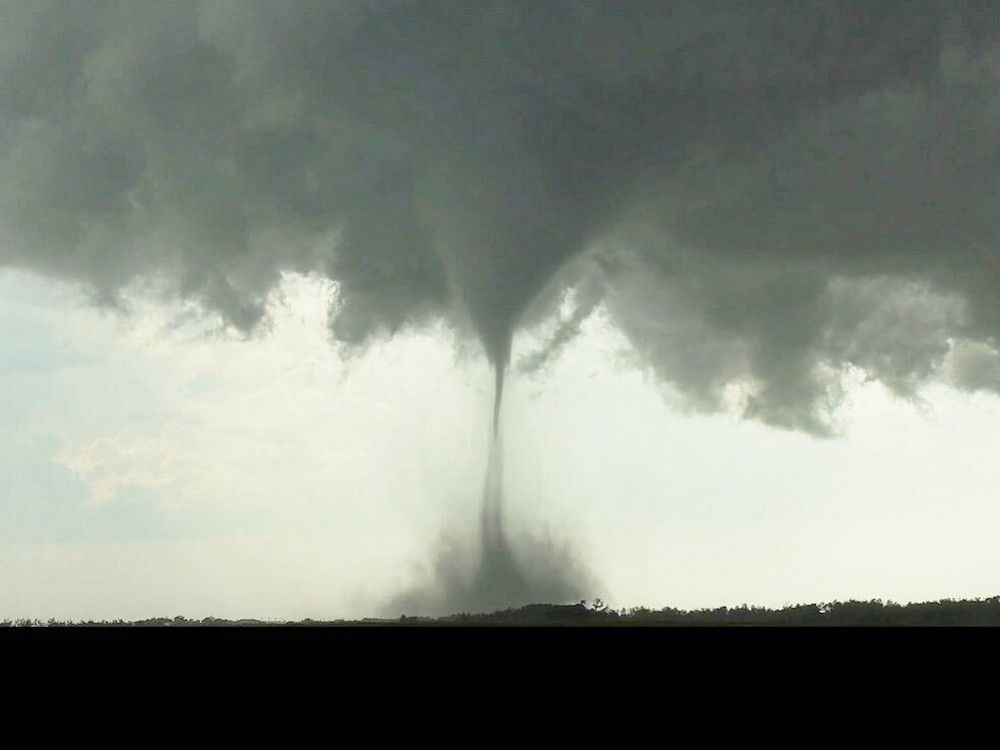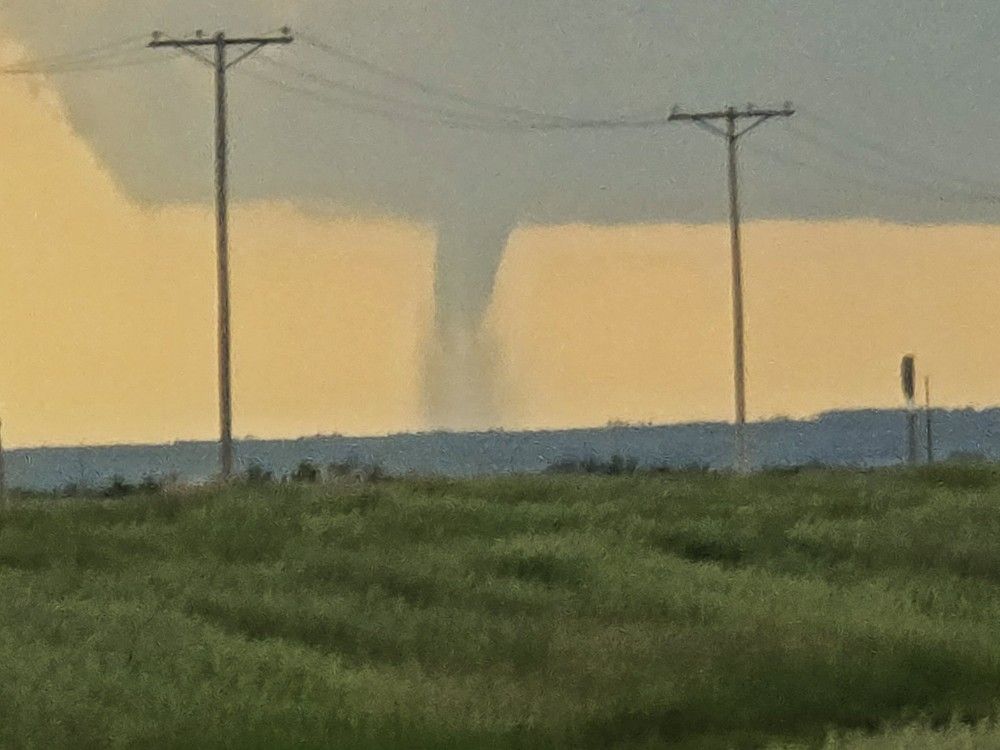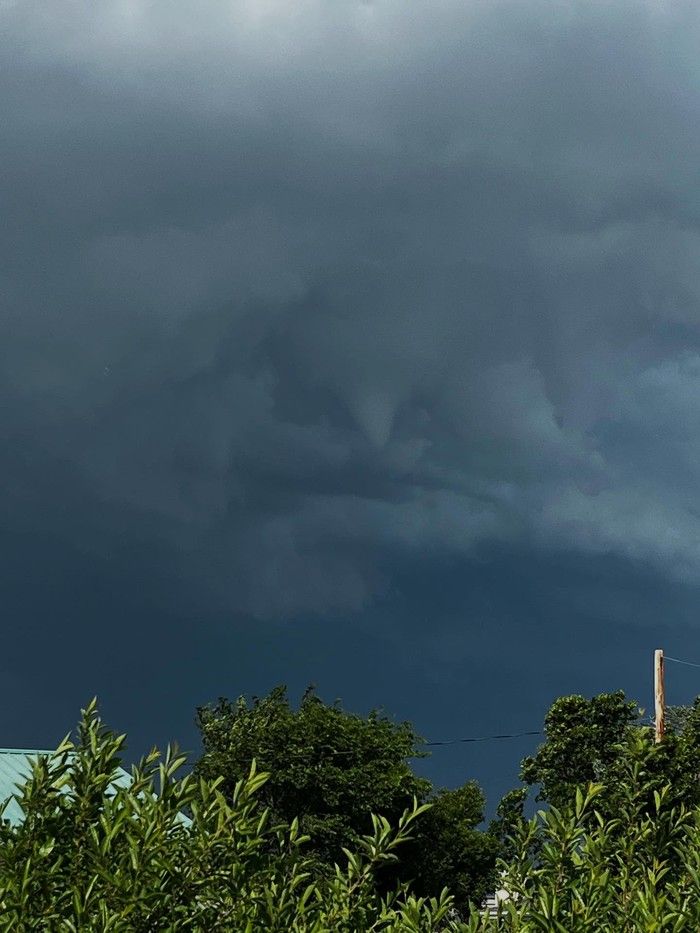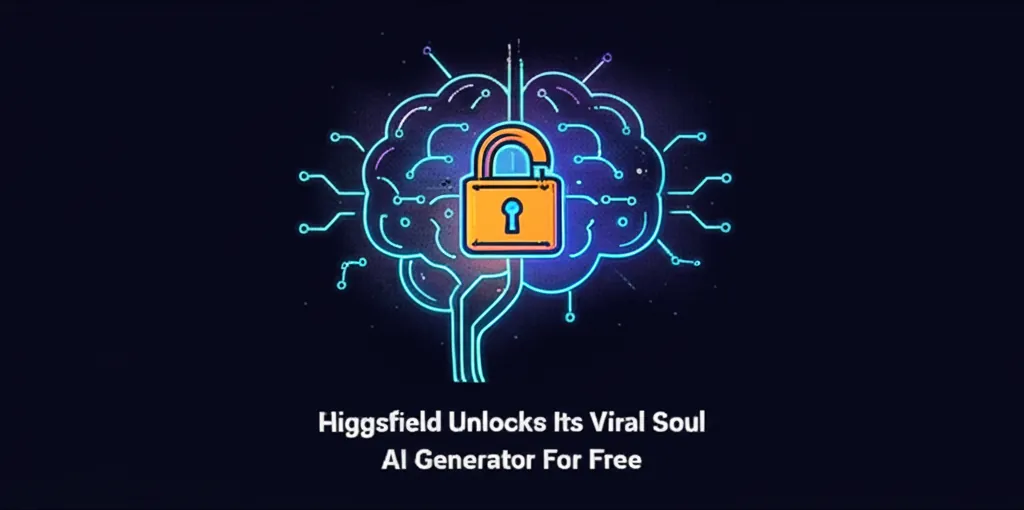Developer Offer
Try ImaginePro API with 50 Free Credits
Build and ship AI-powered visuals with Midjourney, Flux, and more — free credits refresh every month.
AI Generated Storms Challenge Tornado Verification Experts
In an era where digital imagery is easily manipulated, the crucial work of authenticating severe weather events is facing a new and complex challenge. Organizations that rely on public submissions to issue life-saving tornado warnings are now grappling with the rise of altered and AI-generated images, muddying the waters of storm verification.
The Problem with Fakes
Extreme-weather organizations across Canada depend on photos and videos from the public to confirm and track tornadoes, especially in remote areas. However, this system has become more complicated with the increased prevalence of fake images. A recent incident highlighted this issue when Environment and Climate Change Canada (ECCC) initially confirmed a tornado near Maple Creek, Saskatchewan, on May 17, only to retract the confirmation later. While ECCC did not specify if AI was the cause for the retraction, it acknowledged the need for rigorous validation to detect falsehoods and maintain public trust.
With several suspected tornadoes recently spotted in Saskatchewan, the public is increasingly likely to encounter these deceptive images on social media, making the work of experts more critical than ever.

How Experts Authenticate Tornado Sightings
Researchers at Western University’s Northern Tornadoes Project (NTP), a leading authority on tornado detection in Canada, have a multi-faceted approach to verification. The process begins with monitoring social media and assessing submitted images and videos.
Connell Miller, the acting director of NTP, explains that they often receive multiple files from a single source. "If a person sees a tornado, they’re more than likely taking more than one or two videos of it, right?" he said. The team then cross-references these with other online reports and data from professional storm chasers to build a credible case. They also analyze the raw image metadata, which contains crucial details like the time and location of the shot.

Spotting an AI-Generated Tornado
Even with sophisticated photo editing software, experts can often spot fakes. Miller notes that AI-generated images have tell-tale signs of imperfection because they are, ironically, too perfect.
"AI currently doesn’t do a great job in producing photos of real tornadoes. They tend to really smooth out what a typical tornado funnel looks like, so the photo in question looked like this perfect little line essentially from very far away."
Beyond AI, experts also use reverse image searches to identify when older, authentic photos are being recirculated out of context. While AI technology is expected to improve, Miller is confident that their rigorous process will adapt to meet the challenge. "It does take us a bit longer to be able to confirm these events,” he noted. “That being said, we have to get it right. Right?”

The Official Response and Path Forward
The verification process is a collaborative effort. Public reports submitted via email, phone, or social media are assessed alongside meteorological data from radar and satellite imagery. NTP engineers also conduct on-site surveys to document damage to grain bins, trees, and other structures, which helps map a tornado's path and determine its severity.
Regarding the retracted Maple Creek sighting, ECCC stated it received new data that contradicted the original image but did not comment on the source. The agency emphasized its commitment to modernizing its processes to deliver agile, data-driven, and citizen-focused services. “ECCC values being rigorous in validating the data/images we are provided with and in detecting falsehoods to provide lifesaving information people in Canada can rely on,” the organization stated.
Compare Plans & Pricing
Find the plan that matches your workload and unlock full access to ImaginePro.
| Plan | Price | Highlights |
|---|---|---|
| Standard | $8 / month |
|
| Premium | $20 / month |
|
Need custom terms? Talk to us to tailor credits, rate limits, or deployment options.
View All Pricing Details

